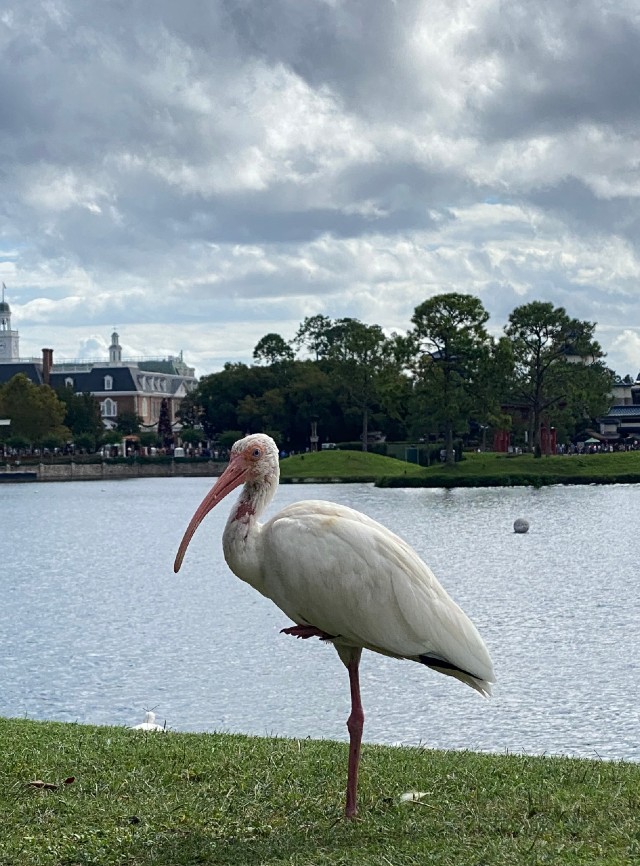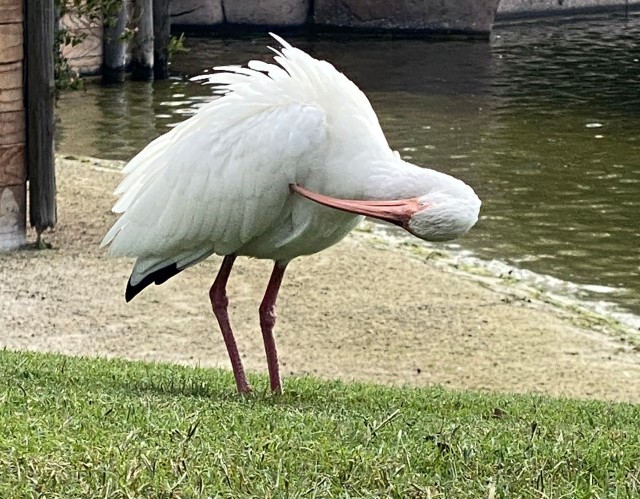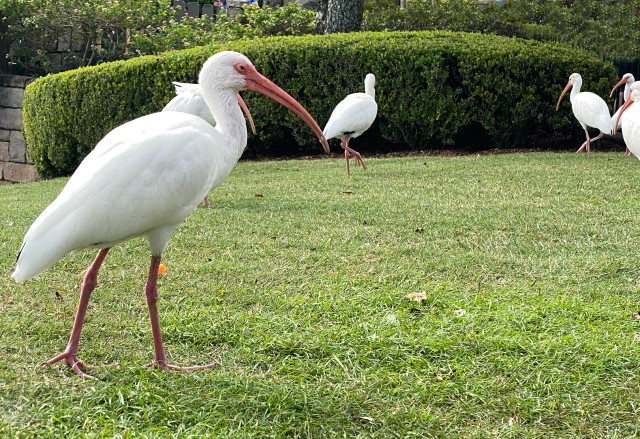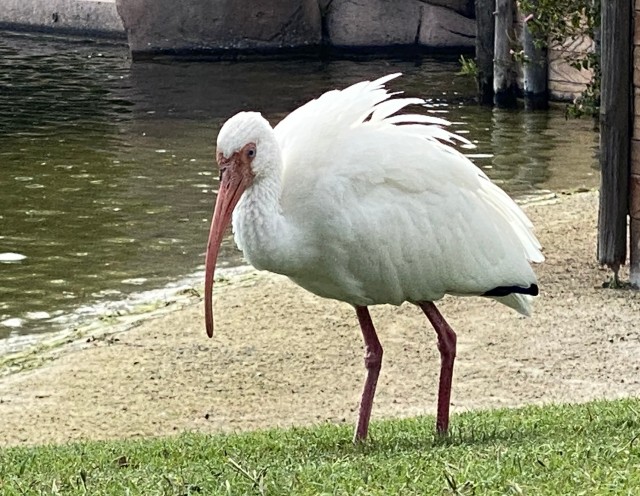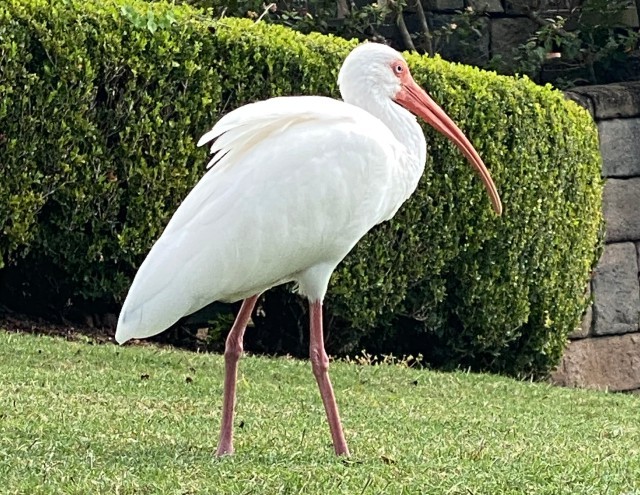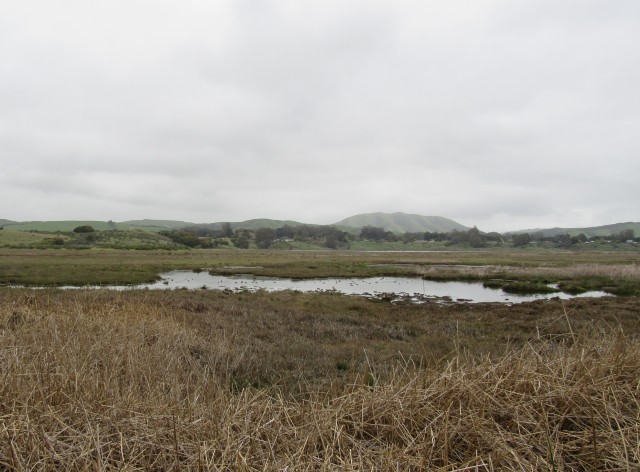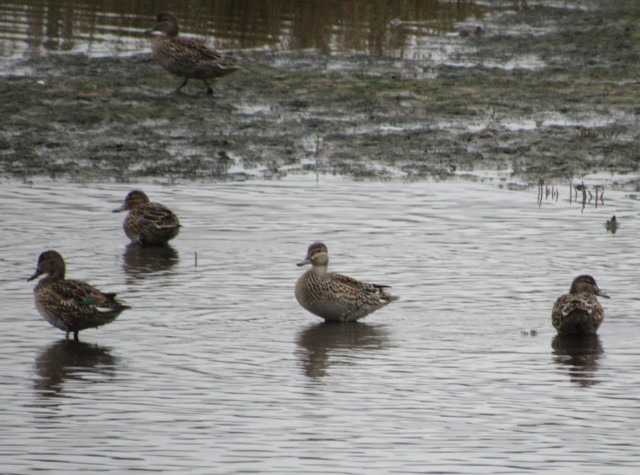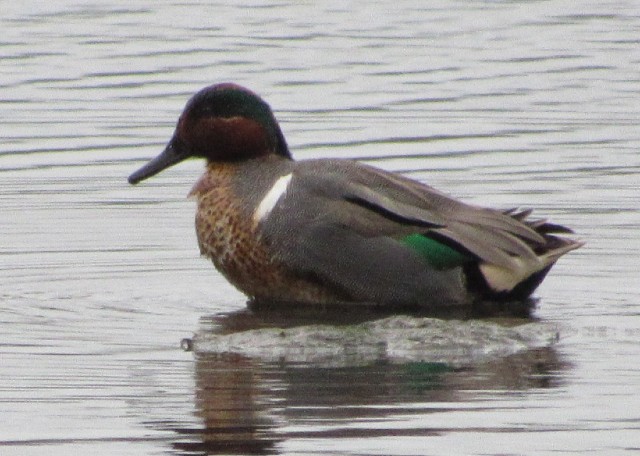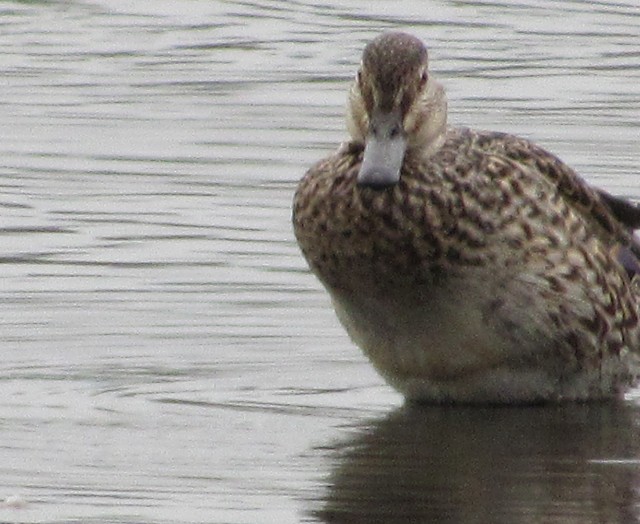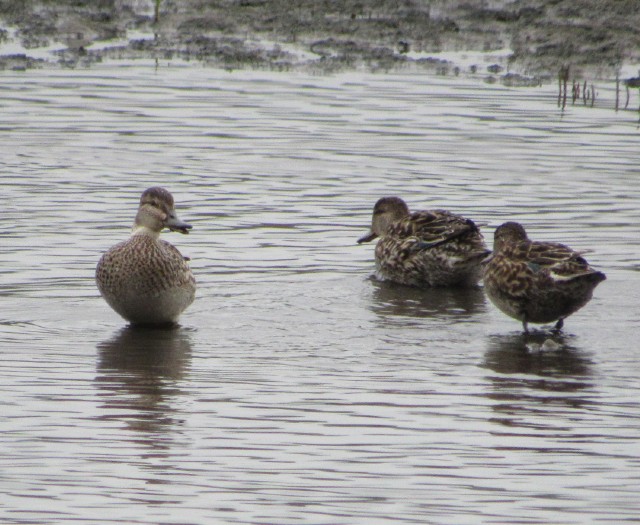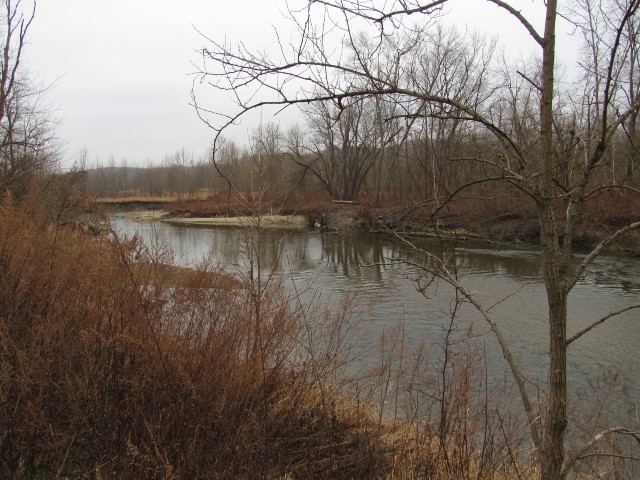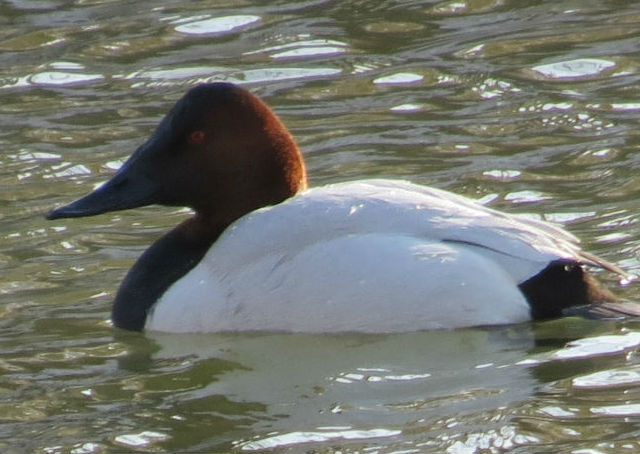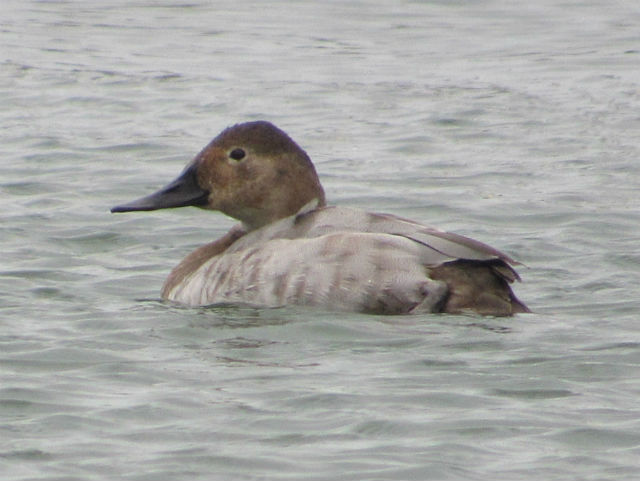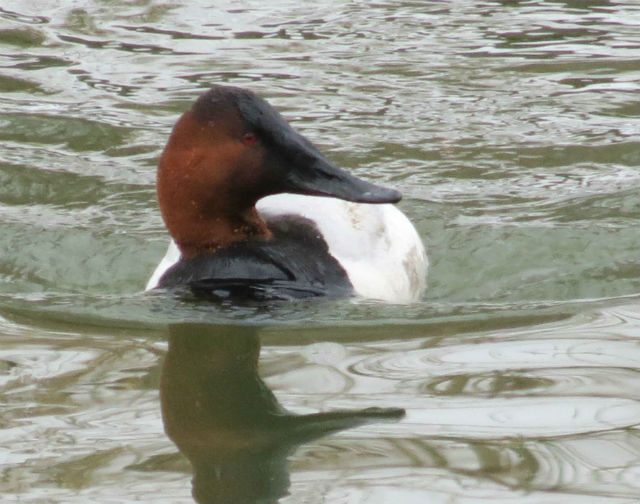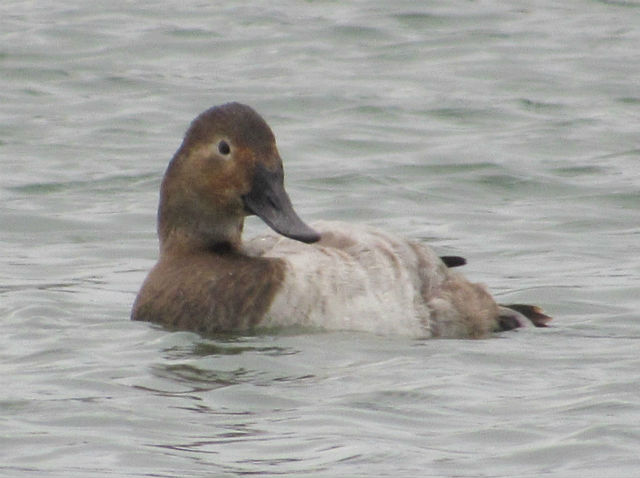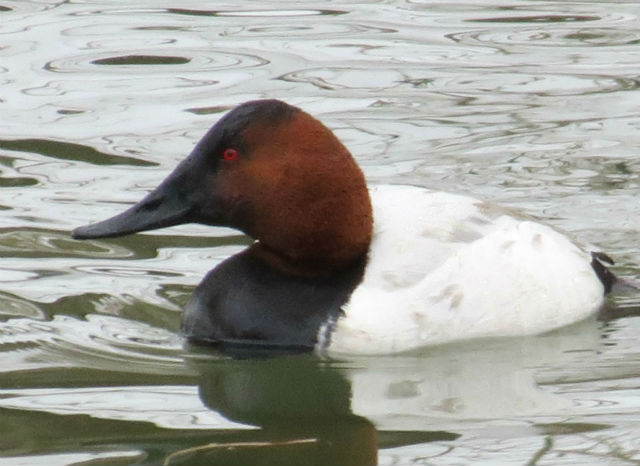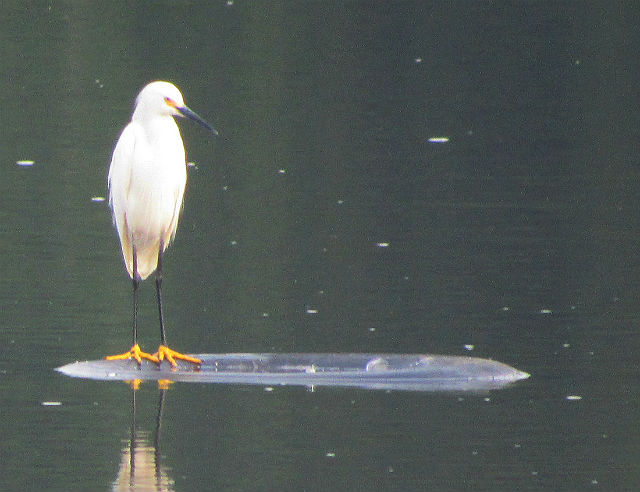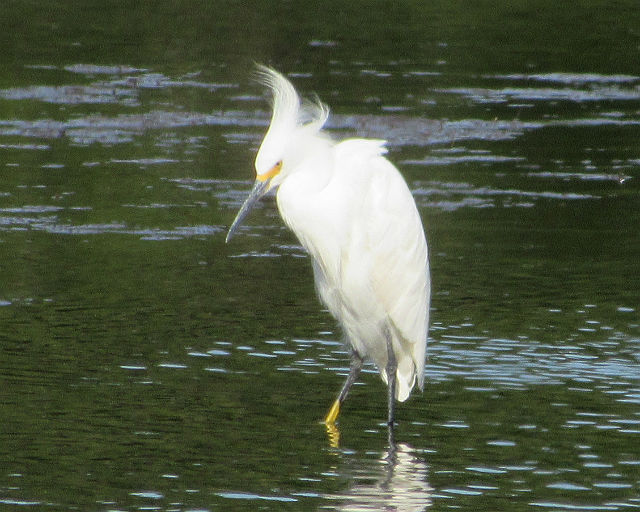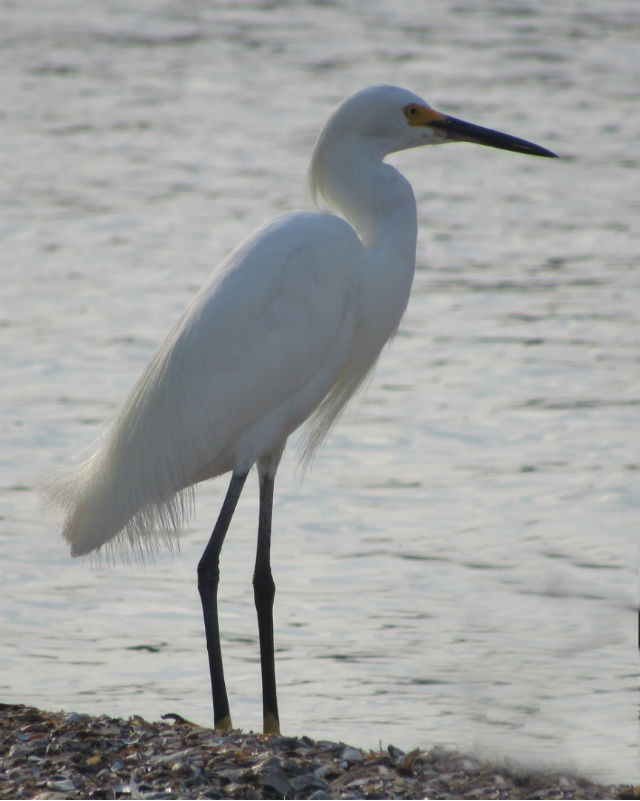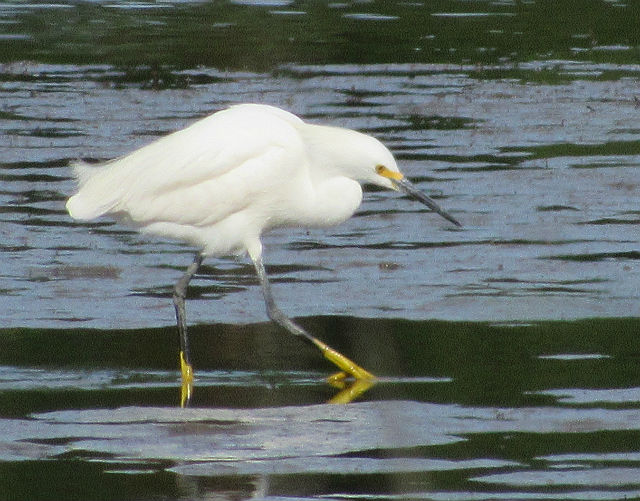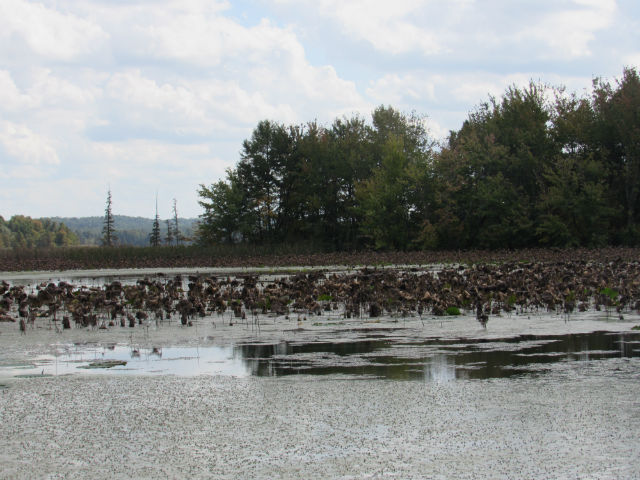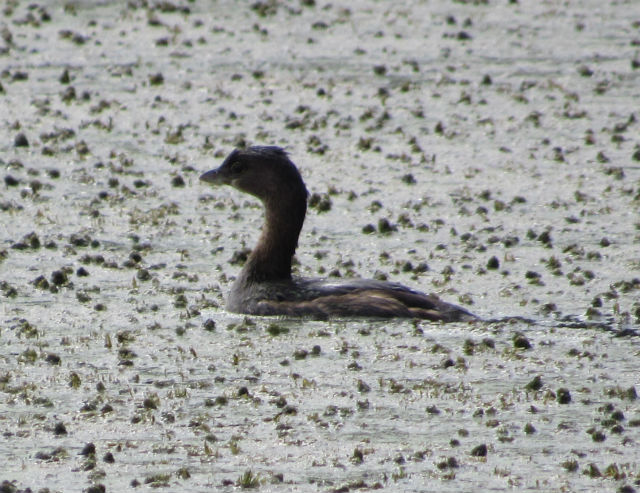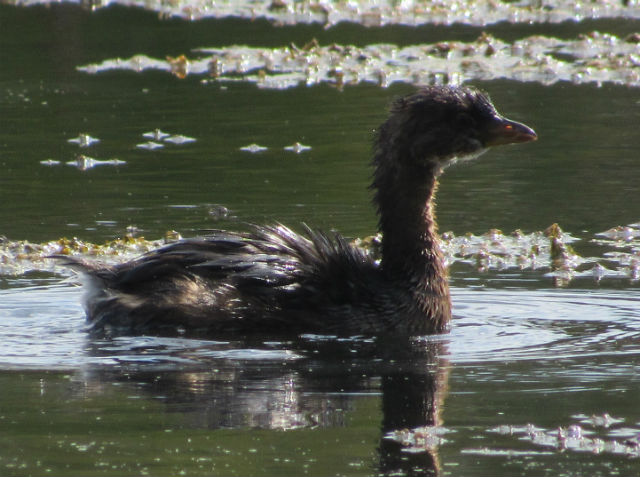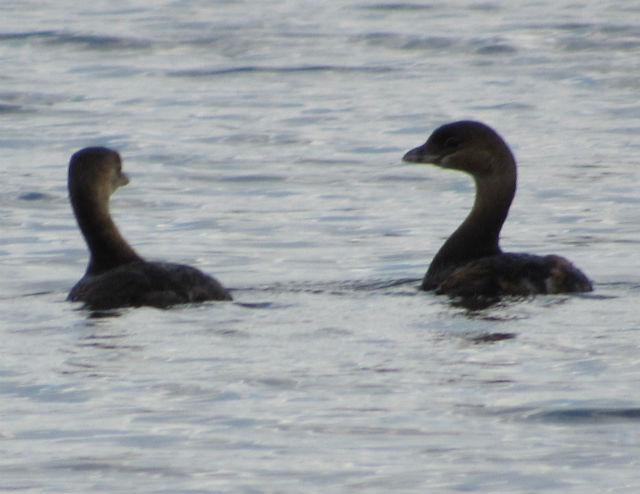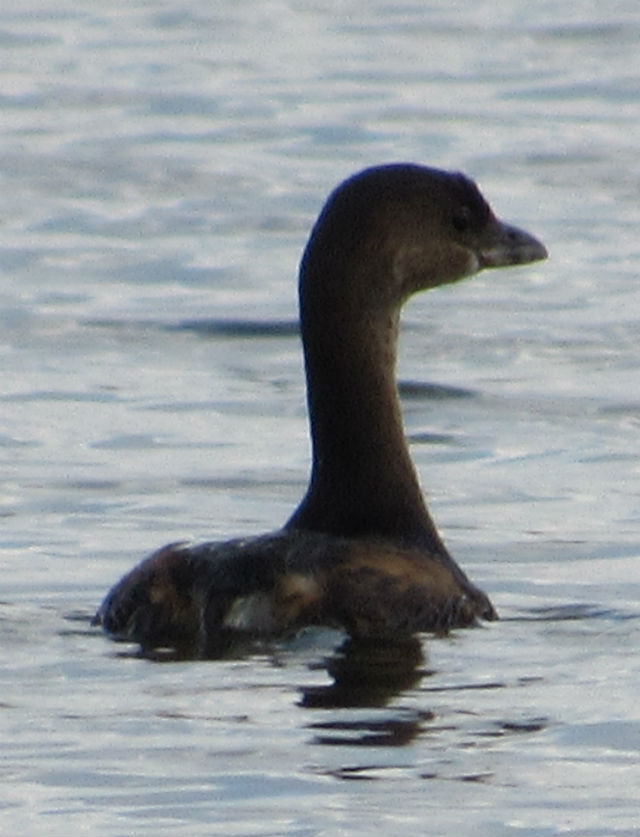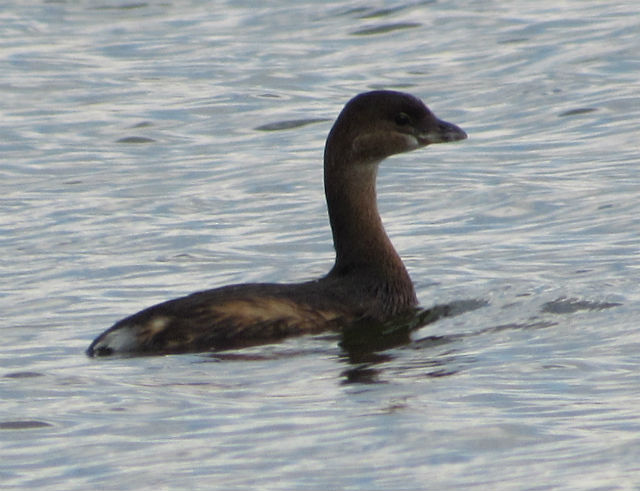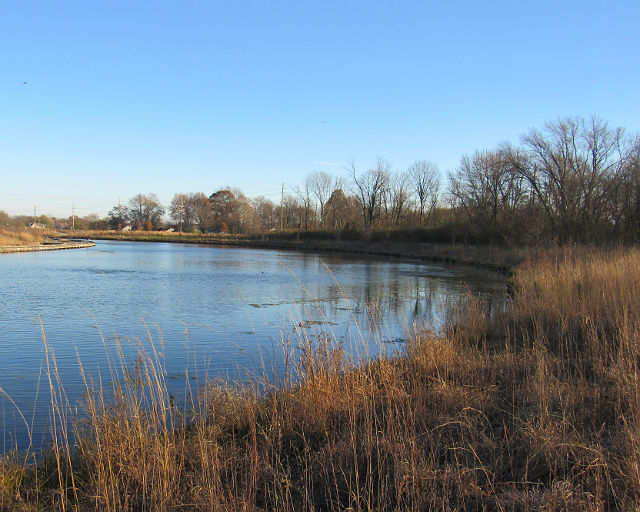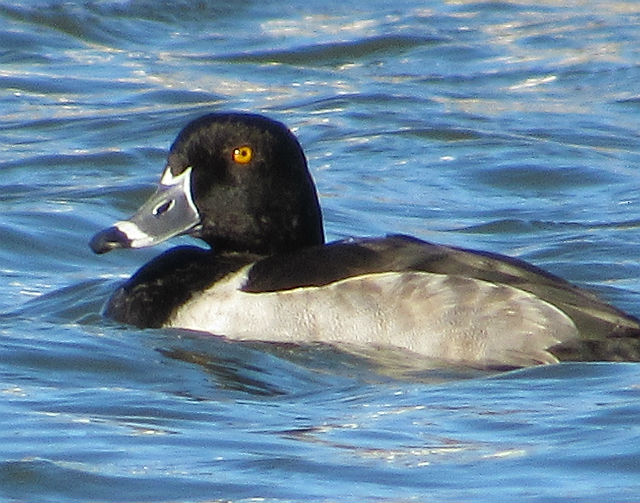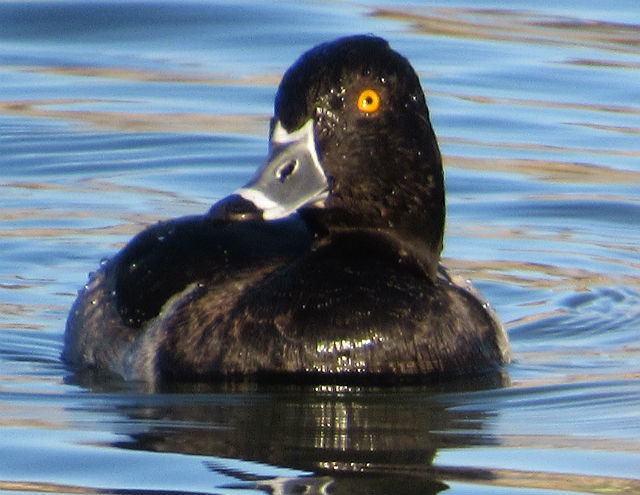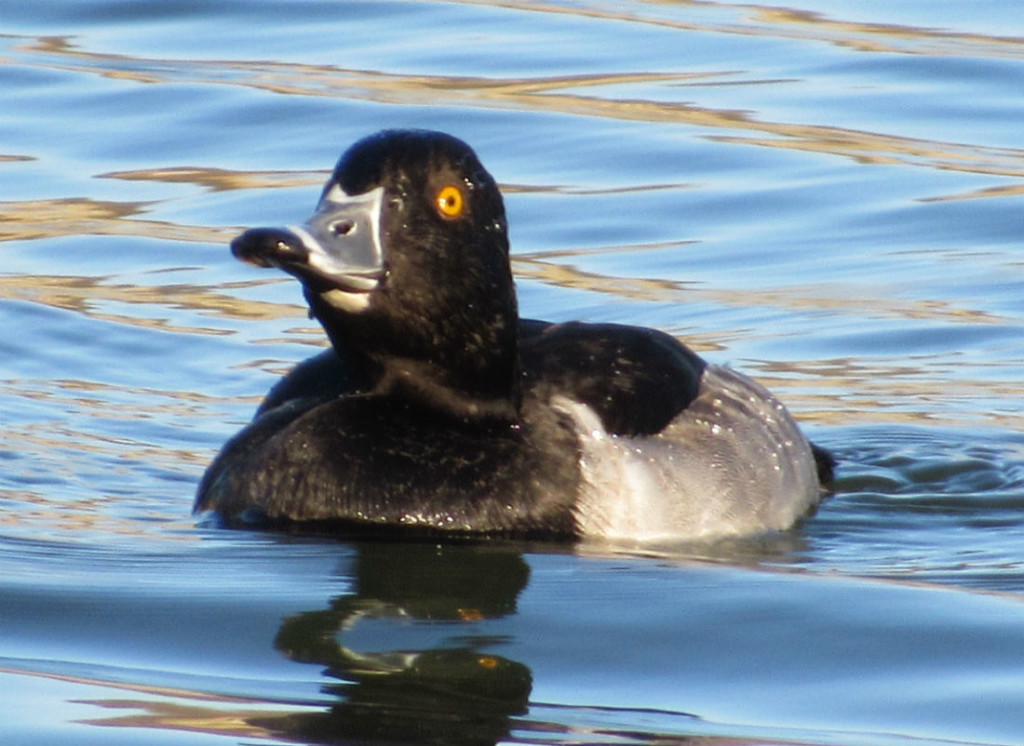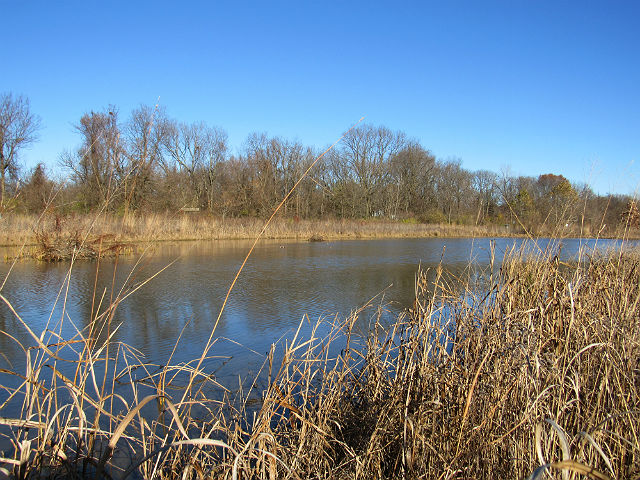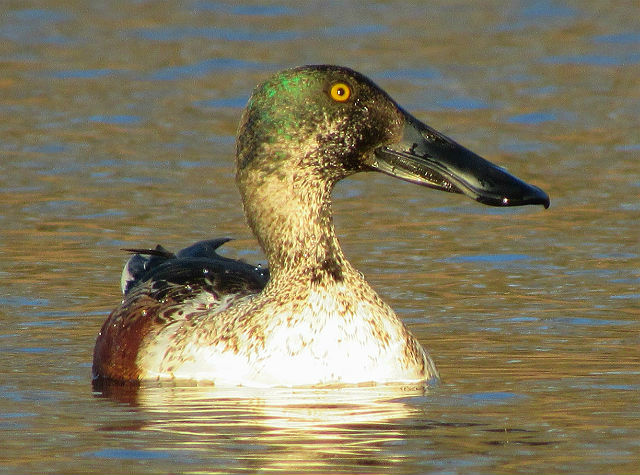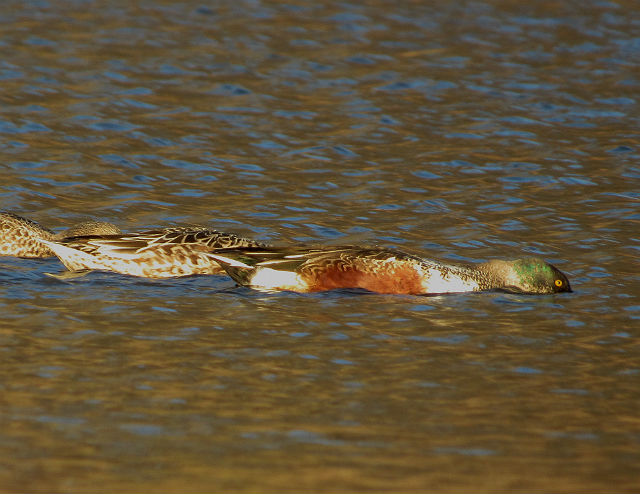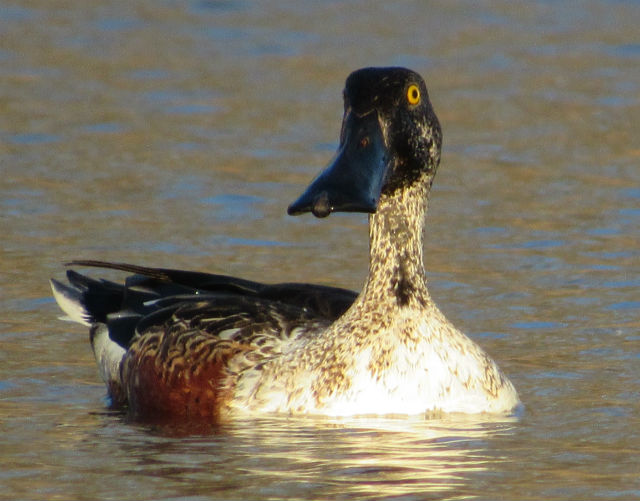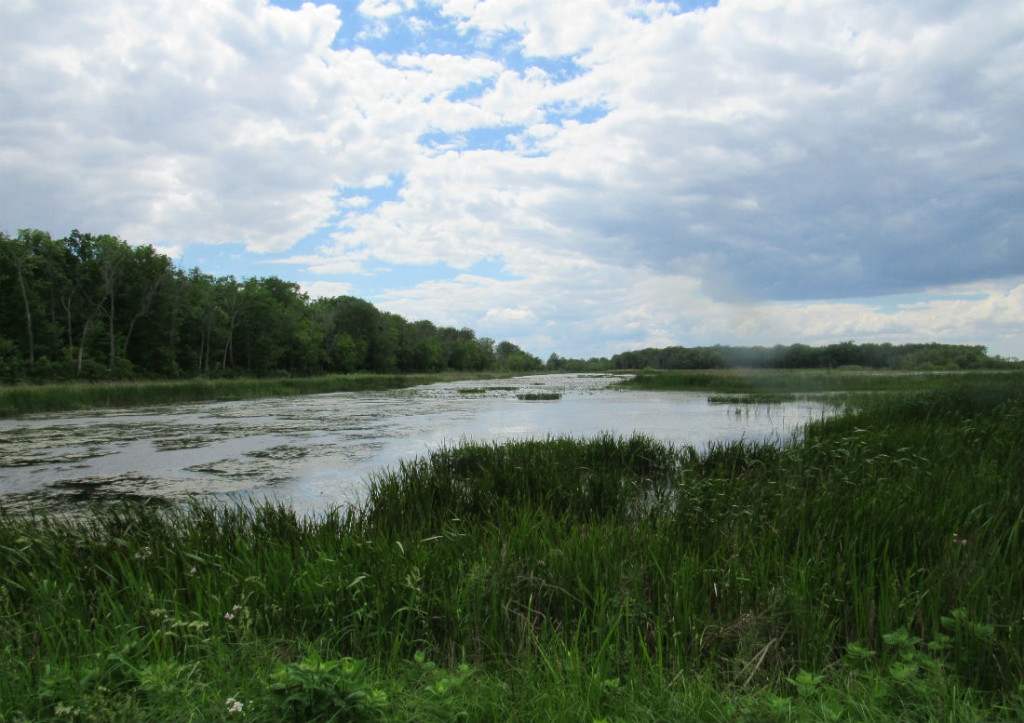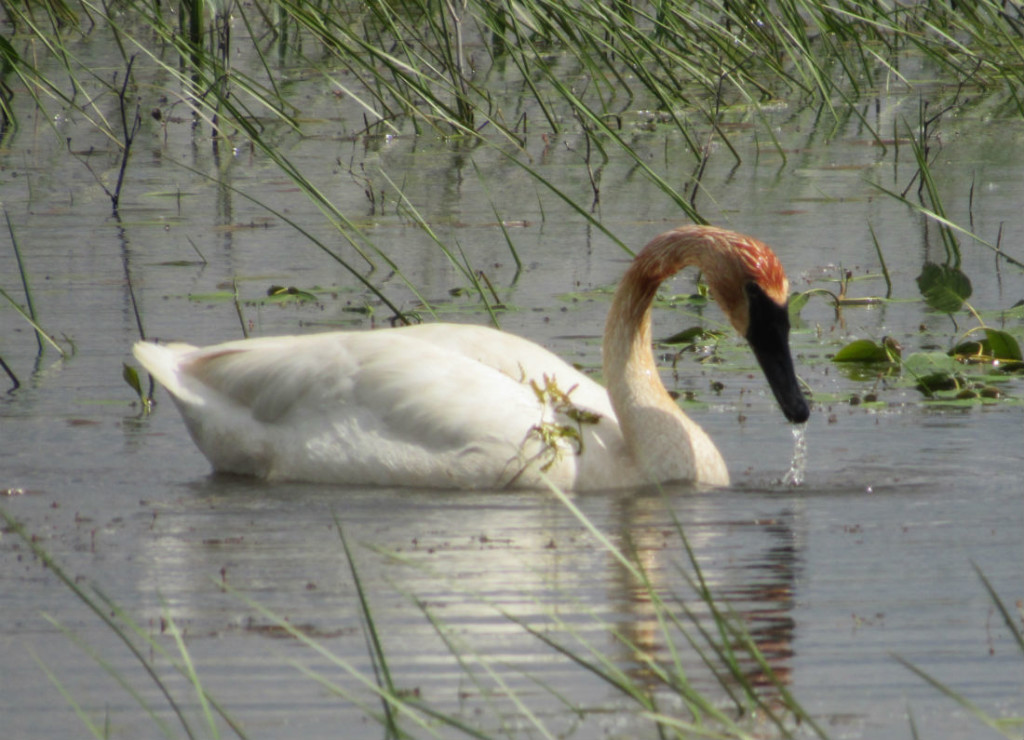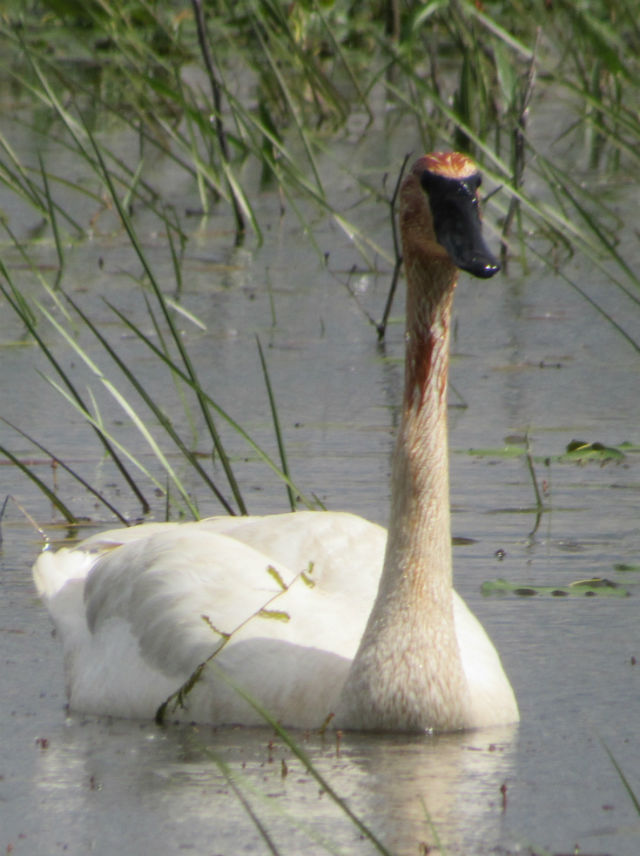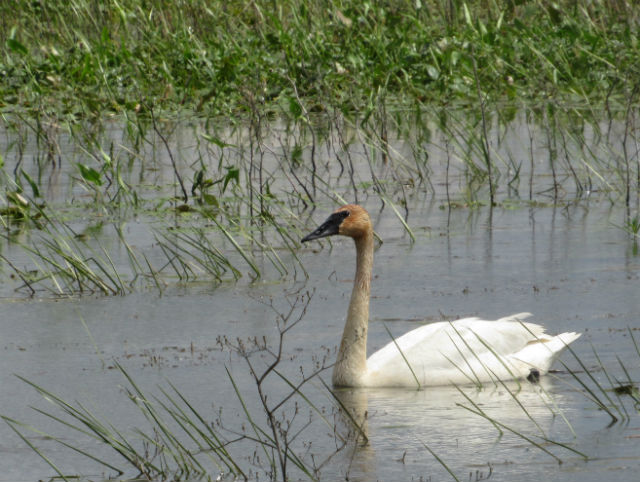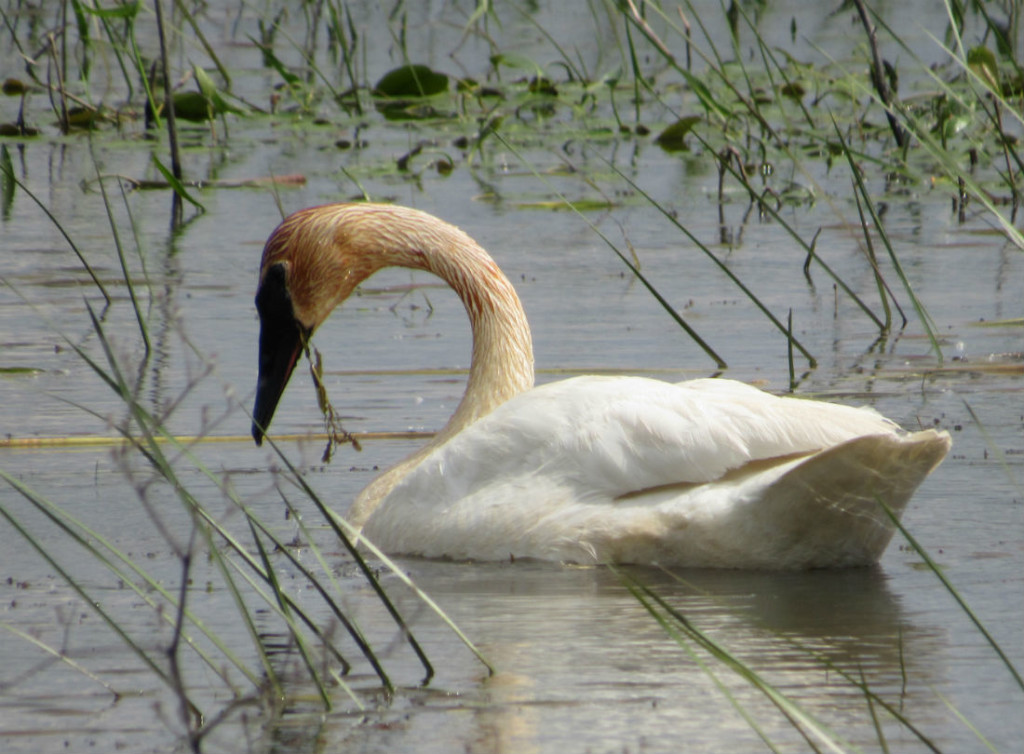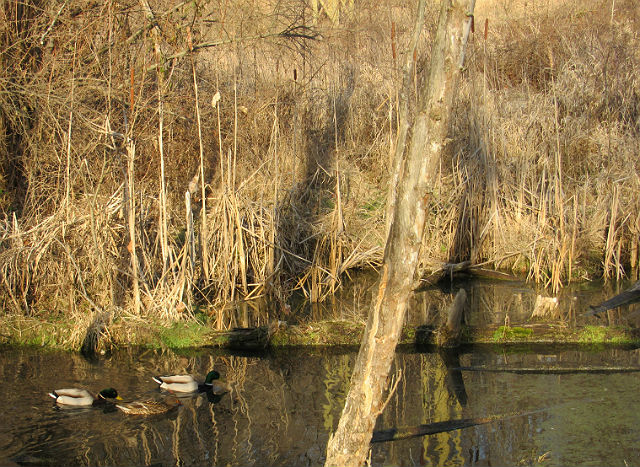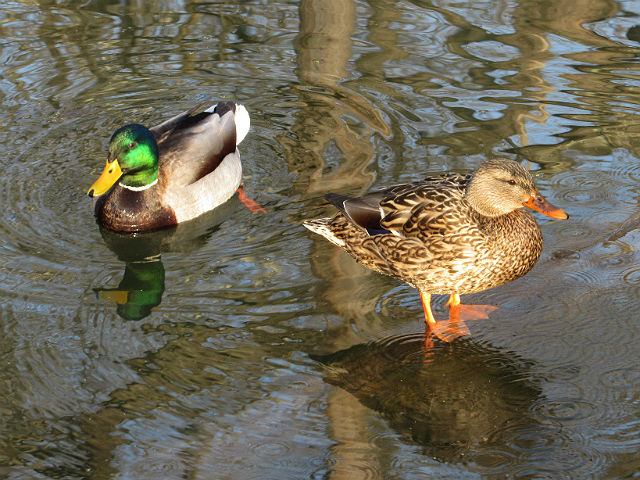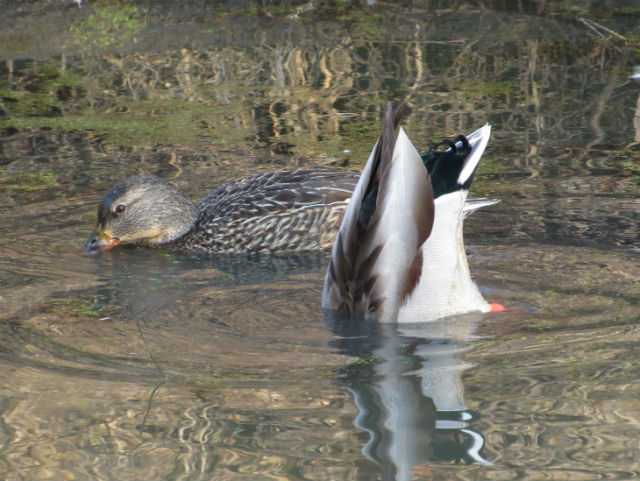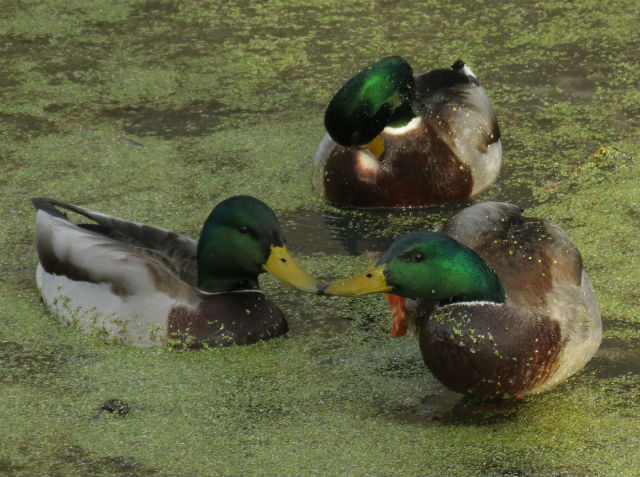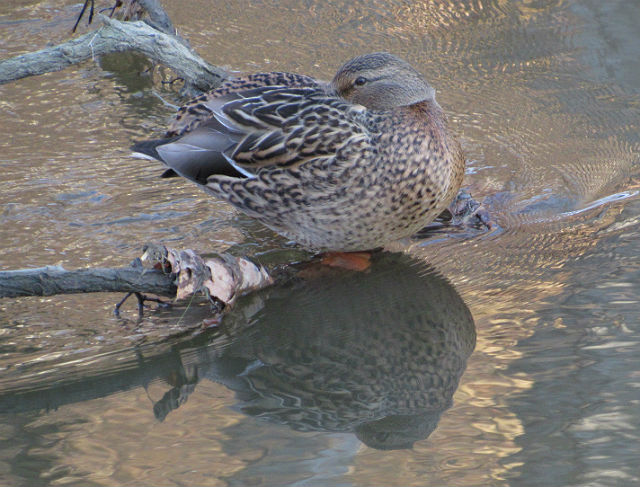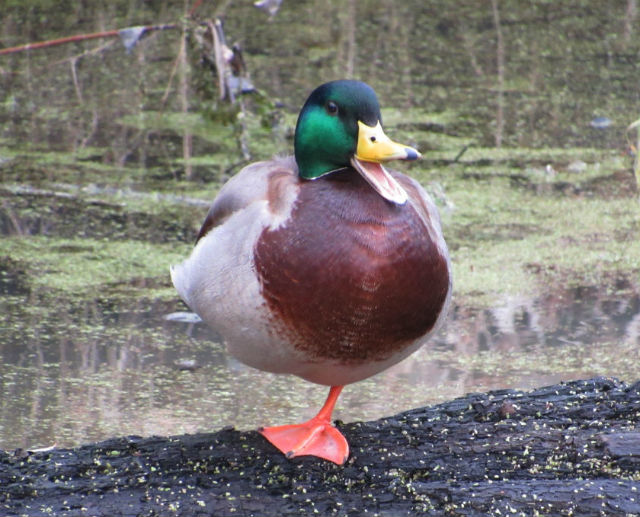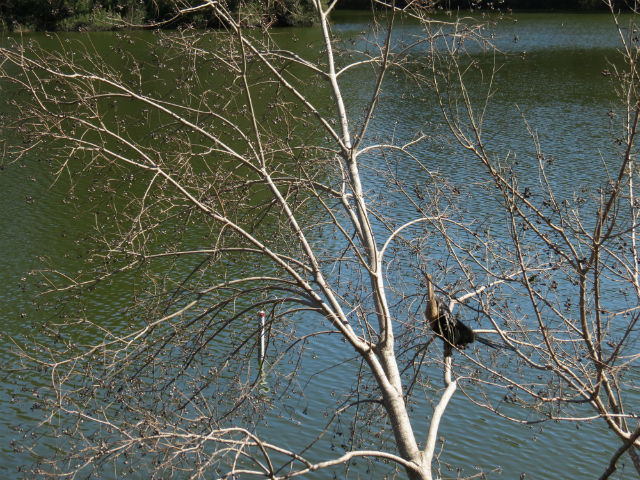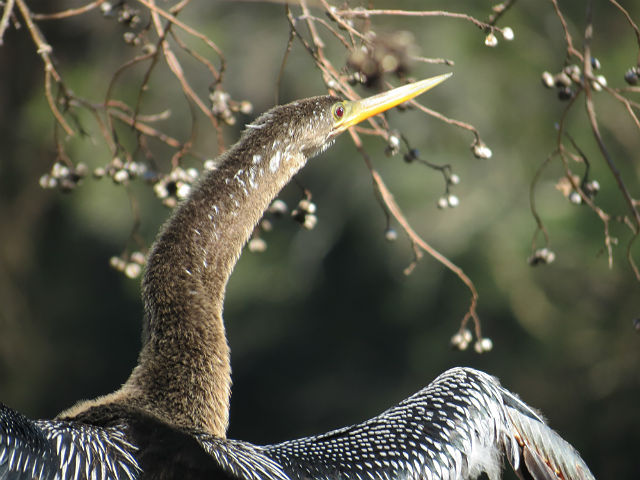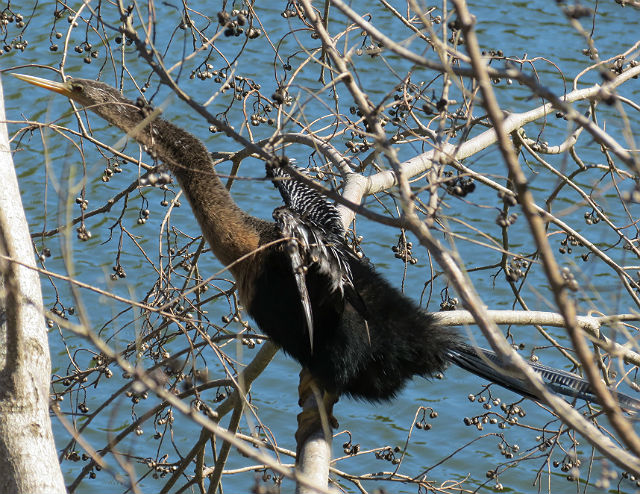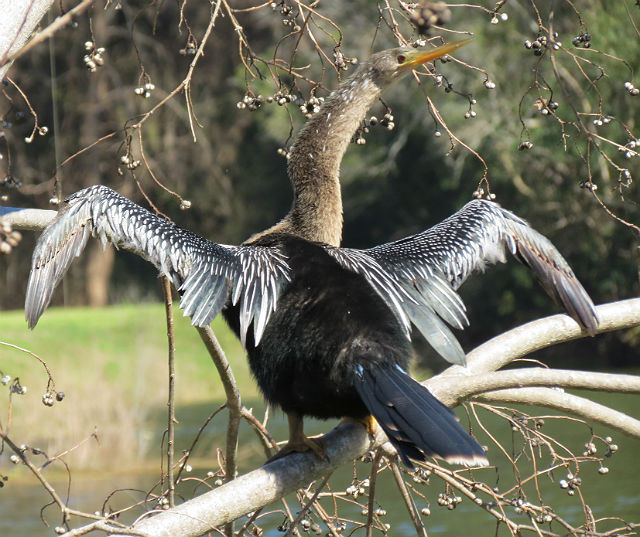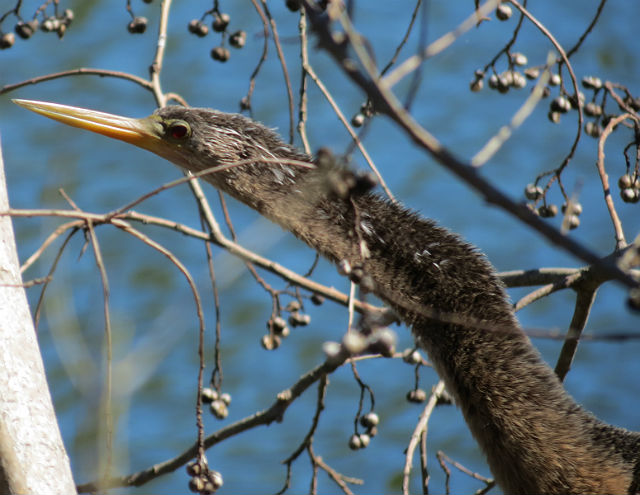While visiting Disney World in November, I saw a fair number of these rather conspicuous birds. They are about two feet tall and have a wingspan of about three feet. They are entirely white, except for their black-edged wings, which may not be noticeable when they are at rest, but is easily seen when the bird is in flight.
The White Ibis is of the most numerous wading birds in Florida and is common elsewhere in the southeast. It is highly sociable during all seasons, roosting and feeding in flocks and nesting in large colonies. In Florida, over 30,000 have been counted in a single breeding colony.
This bird forages by walking slowly in shallow water and its sweeping bill from side to side and probing at bottom. It also forages on land, especially on mud or in short grass. Its diet is quite variable, but crayfish and crabs are its major food items. It swallows its prey whole. The parents feed their offspring by regurgitating food from their stomachs.
The White Ibis lives in a variety of coastal freshwater, saltwater and brackish marshes, rice fields, mudflats, mangrove swamps and lagoons. The birds build their nests in low trees and thickets, from two to 15 feet off the ground. Both male and female cooperate in building the nest, which is usually a platform of sticks, grass or reeds.
A recent cover story in Audubon magazine indicates that these birds are adaptable and “street smart.” The opportunistic creatures are moving into suburban neighborhoods, looking for (and finding) worms and other food in parks, irrigated lawns of subdivisions and golf courses.

